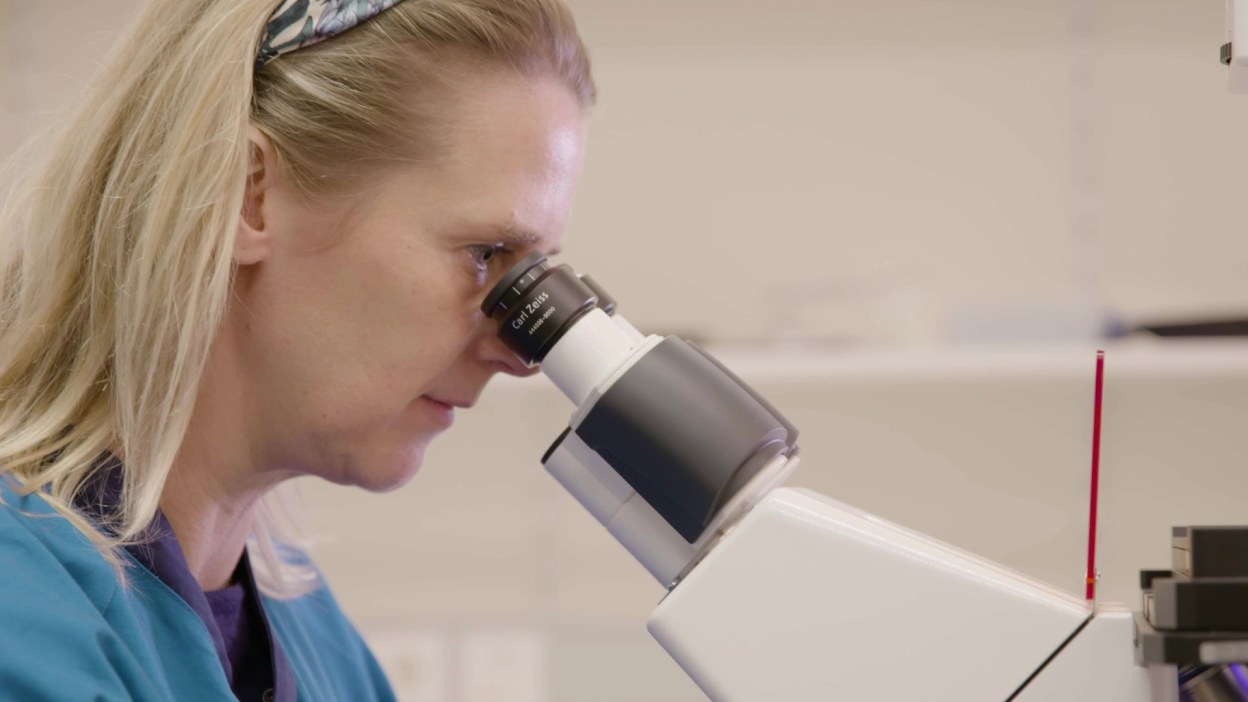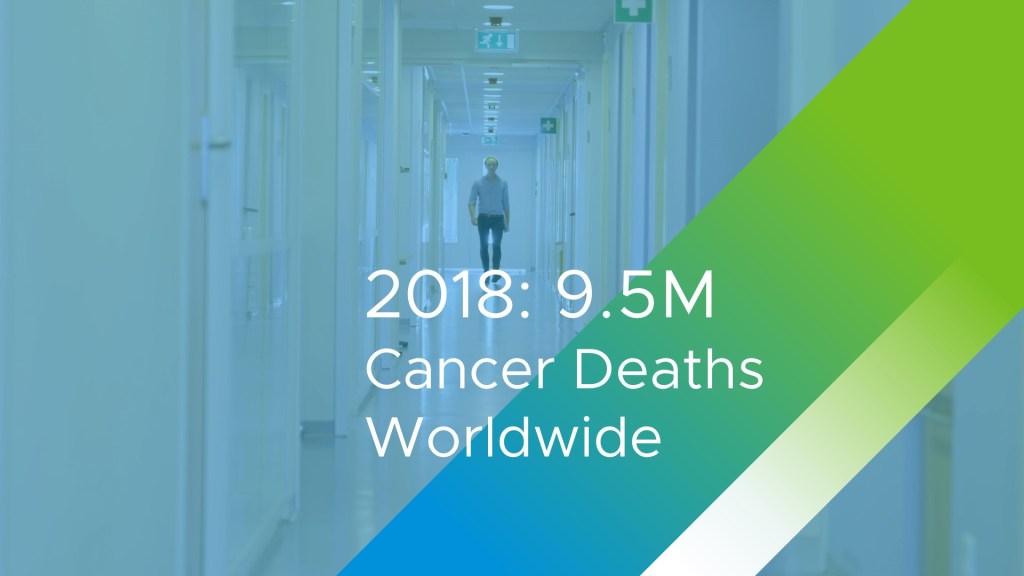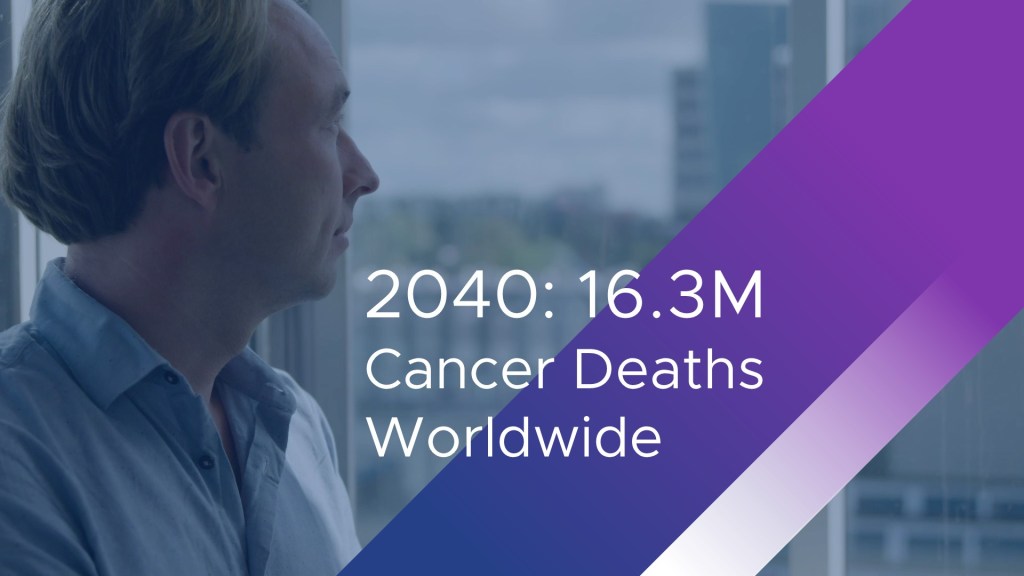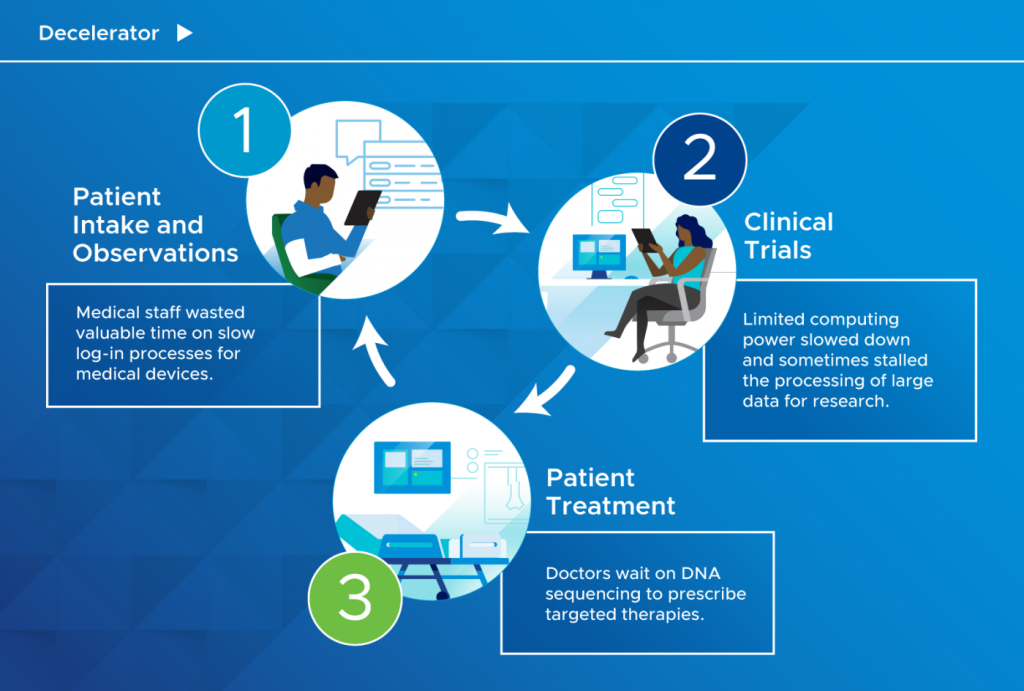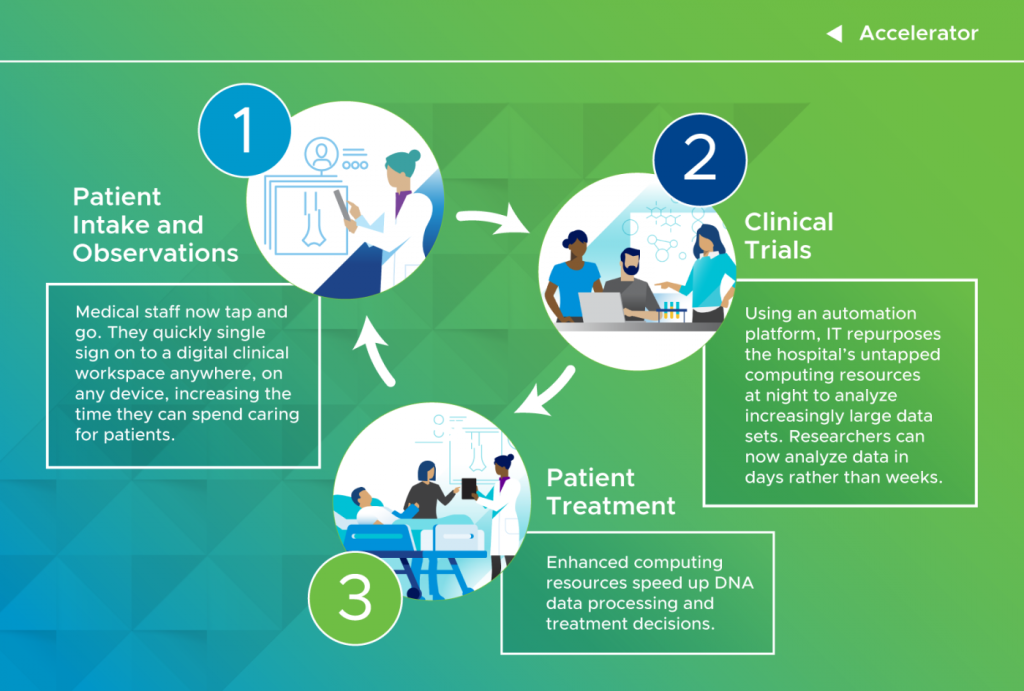A cure to cancer won’t be discovered in one fell swoop. It will be the result of a long chain of small discoveries — so small, they may be easy to miss.
That’s why cancer researchers like Bram van den Broek continuously observe the secret lives of microscopic cancer cells: how they’re structured, how they move and how they behave.
“The end goal of such experiments is, of course, to solve a little bit more of the puzzle towards curing cancer,” says van den Broek, senior postdoctoral fellow at the Netherlands Cancer Institute (NKI) in Amsterdam. Here, he:
- Develops advanced microscopy techniques to study cells in various ways.
- Helps other researchers performing their imaging experiments.
- Analyzes the resulting images.
Thanks to innovations in microscopy, born out of the Dutch Golden Age, scientists understand much more about the disease. Now, digital innovations help researchers zoom in closer and closer and analyze more images every day.
“There’s still quite a lot of innovation in microscopy, but even more innovation is happening in the processing and analysis of the data with computers,” he says.
Van den Broek and others at NKI are eager to exploit emerging digital technologies to expedite their research. Meanwhile, on the clinical side of NKI, doctors hope to put those findings into practice as quickly as possible to treat, and possibly cure, cancers.
But all of this requires a lot of computing power and flexibility. To enable researchers in their search for the cure, IT rebuilt NKI’s digital foundation.
Zooming In on the Problem
In the Bioimaging Facility, van den Broek helps researchers capture images of live cells under a microscope. The process often looks something like this.
Step 1. Image Formation
“There’s lots of intricate technology involved in microscopy to detect what’s going on in the cells and make images,” he explains, like the use of fluorescence to visualize cellular responses. “In the end, all the image data is stored on the computer.”
Step 2. Image Restoration
Researchers need to segment cells for further analysis and/or see the smallest details of cellular structures. Due to theoretical and technical limitations, even the best microscopes produce images that are blurred and contain distortions and noise, especially at high magnifications. So next, image sharpness and contrast may need to be digitally restored through a process called deconvolution, applied by a computer algorithm.
“But it is computationally very demanding,” van den Broek says. “Research groups here gather terabytes of data. And to deconvolve all of this, we need more and more computers. We have a couple of very powerful desktops that can handle some of it. But at some point, these are just clogged by continuous use.”
Step 3. Image Analysis
“But this is not the end of the process,” he says. “There’s always something in the images that you need to quantify.”
This is where researchers segment cells to measure exact cellular changes in response to cancer treatments. They’re also exploring emerging technologies, like artificial intelligence (AI), to quickly uncover clues to treat and prevent cancer.
Innovations like artificial intelligence will play a more and more important role in the future of cancer research, diagnostics and treatment.
DRS. MARIEN VAN DER MEER, CFOO AND BOARD MEMBER, NETHERLANDS CANCER INSTITUTE
“The datasets are becoming ever larger. We need strong, fast computers to be able to cope with this data,” van den Broek says.
“What you will see in the future is that big data and computational power are very important for research to speed up breakthroughs,” agrees Roel Sijstermans, the head of IT for NKI.
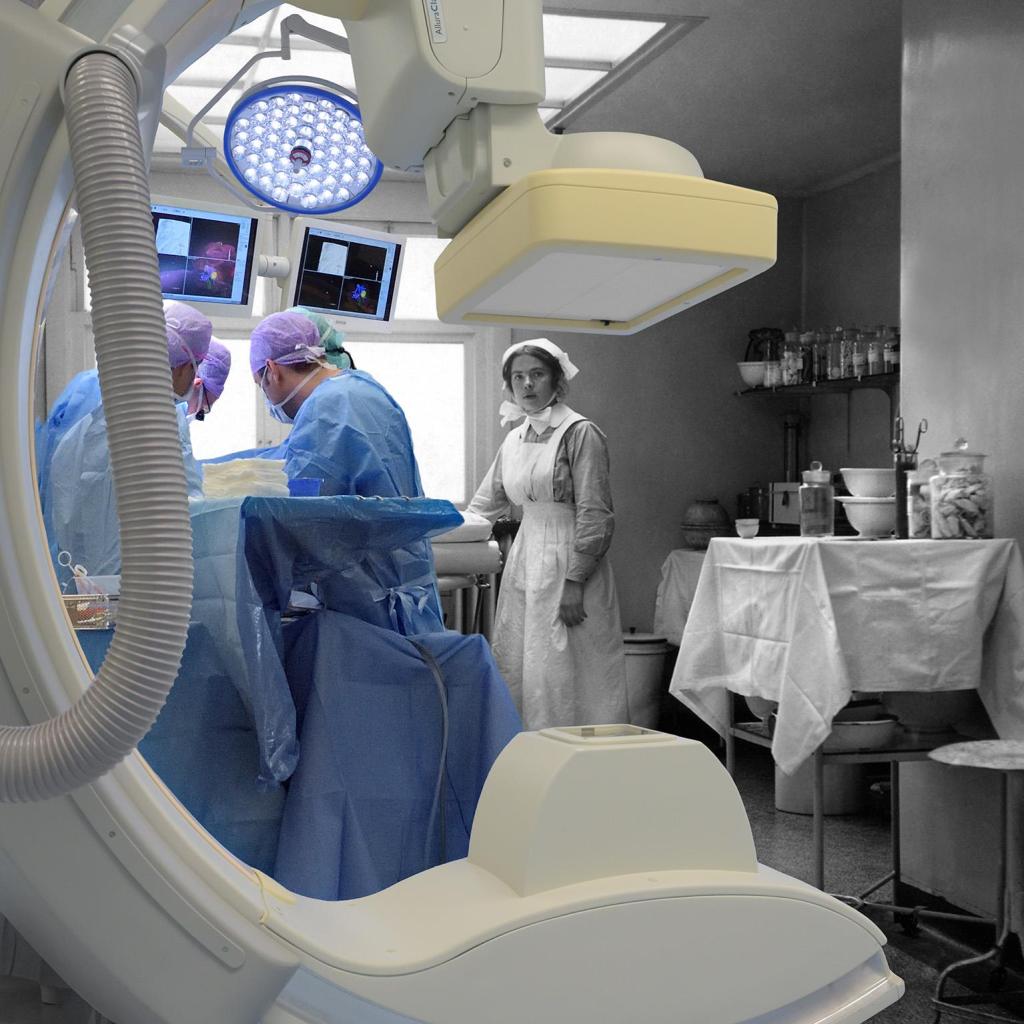
Waiting for a Cure
What’s unique about NKI is that it is a comprehensive cancer center comprising a research facility and a cancer clinic. That brings researchers closer to the problems they study, and patients closer to ground-breaking treatment options.
But the technologies involved in patient care sometimes widen the gap between medical staff and their own patients. Each doctor and nurse logs in multiple times a day to clinical apps.
“We have a shortage of nurses within the region of Amsterdam. That’s a real problem. So, we want to do everything we can do to help make their work better, so they have more focus on the patient and not on the computer,” Sijstermans says. “We want to provide them with the best, state-of-the-art infrastructure and give them a new workplace so they can work anywhere and always have access to their applications and data.”
NKI takes a personalized approach to cancer care with targeted, DNA-based therapies. Before doctors make treatment decisions, they wait on the patient’s DNA to be sequenced to provide the most accurate therapy.
This six-step process also gets held up by slow computing resources. “We have to do a lot of research to get DNA patterns known so we can treat them, and that will take a lot of time and computing power,” he says.
To address these challenges, NKI’s IT organization took a creative approach to boost the flexibility and computing resources available to both its research department and clinic.
Accelerating Breakthroughs
As a comprehensive cancer center, NKI is uniquely positioned to accelerate innovation around cancer research and treatment.
“We bring our new research findings and breakthroughs directly to the clinic. We have very short lines between the two practices, so we can innovate rather quickly,” says Sijstermans.
A new digital foundation further speeds up the innovation cycle.
During the day, hospital workers have quick access to any app they need to care for patients through virtual desktops. They also leverage more scalable computing resources in a flexible, software-defined data center (SDDC). During the night, IT taps into unused virtual machines to process research data overnight in an automated fashion.
Ultimately, this better positions NKI to deliver pioneering cancer research and help people with cancer have a better quality of life.
Uniting to Solve a Century's Old Problem
Our goal is to solve the cancer problem in the 21st century.
ROEL SIJSTERMANS, HEAD OF IT, NETHERLANDS CANCER INSTITUTE
Partnerships are invaluable to cancer care innovation. With the technical support of a new digital foundation, NKI has more speed, security, flexibility and power to share important information.
- Research Partners: As a leading comprehensive cancer center, NKI regularly collaborates with an international community of researchers and clinical experts. “We have to work together and combine knowledge worldwide, and then we can solve the cancer problem,” Sijstermans says. It’s important that researchers have not only the computing resources they need, but also a flexible, self-service environment to freely access and share lots of big data. “And we have to have an infrastructure that supports it all in a safe way,” he adds.
- Medical Device Industry: “We also work with companies that make microscopes to bring cutting-edge microscopy techniques to market,” adds van den Broek. “In the end, this helps us to do our research more efficiently.”
- Patients: NKI considers patients to be partners in cancer care innovation. IT wants to empower patients to share in decision-making through interactive apps, available outside the hospital. Patient input is especially important, given NKI’s focus on targeted, DNA-based cancer therapies. “What we want to do is to involve patients more within their own healthcare process,” Sijstermans says.
- IT: “My people are sitting behind a computer now a whole day, but they have to make the shift to the users,” says Sijstermans. With the aid of automation and self-service solution, IT now proactively partners with researchers and clinical workers on digital solutions.
“Cancer is often a terminal disease. But we think within 20 years, we can solve the problem, and cancer will become chronic,” Sijstermans says.

